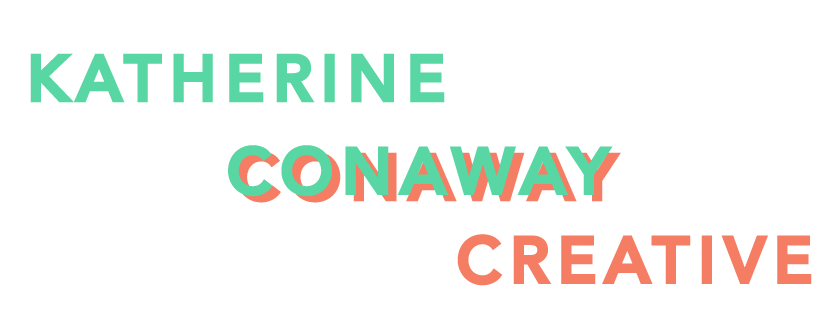Graphic Memoir @ The Center for Cartoon Studies
I spent the week of June 10-14 taking a Graphic Memoir class at the Center for Cartoon Studies, taught by Mel Gillman.
(What is graphic memoir? Keep reading! or skip ahead.)
I learned about CCS because I’ve been a huge fan of Lucy Knisley’s for a long time (*please* do yourself a favor and read all her comics & books; the books are so poignant & funny, and her comics about motherhood & cats & cooking are all hilarious and SO well done).
Anyway, I was looking at Lucy’s website a year or two ago and read her resume / bio. I noticed she got her Master’s at CCS and looked it up. It sounded so random, a tiny school up on the VT / NH border on the Connecticut River, but I thought if she went, it must be legit, so I decided to keep my eye on it.
Then I declared this summer to be my “art class summer” (or something, there’s not a real title for it… yet?), and decided to check CCS’s schedule for in-person classes. This one aligned well with my schedule and proximity to my 15 year reunion at Williams College last weekend, so I booked it! 💃
I wasn’t really thinking “I definitely want to make comics” as much as…
I enjoy reading comics & graphic novels, so why not learn more?
I do want & need to improve my drawing & visual storytelling skills
I want to make more travelogue / educational illustrated stories and graphic memoir feels very similar & relevant for that
So here I am! 💕 it’s been a really wonderful week of learning & practice & engaging with the class, and I’m so glad I came! More posts to come with my actual work from the week. 👩🏼🎨 stay tuned…
Official class description:
[Get] started on telling your personal story through comics. Eisner and Ignatz award-nominated graphic novelist Mel Gillman ’12 will walk you through the basics of writing and drawing your graphic memoir — from brainstorming, to scripting, to drawing, to publishing. Topics to be covered include narrative building, developing a unique personal voice and visual style, and effective pitching and publishing practices for graphic memoirs.
And a blurb about the teacher I pulled from Mel’s website:
Melanie Gillman is the cartoonist behind this story. They hold an MFA in comics from the Center for Cartoon Studies, and currently live in Columbus, OH. Melanie is also the author of Stage Dreams, a lesbian western graphic novel, available from Lerner/Graphic Universe. They are represented by Jen Linnan, of Linnan Literary Management.
What did we learn in class?
Class walked us through basics of writing & drawing a graphic memoir:
Brainstorming
Scripting
Drawing
Publishing
Topics covered: narrative building, personal voice & visual style, pitching & publishing
Final project = short memoir comic (2-5 pages)
What is a graphic memoir?
One of the things Mel covered during the first day was defining graphic memoir. We discussed the difference between a graphic memoir and an autobiography. Graphic memoir is a bit of a marketing term / recent publishing category — used as an umbrella term for various types of autobiographical comics.
In general (across formats), autobiographies tend to have the following requirements / qualities:
Someone’s own life story
Should be as accurate, factual, objective as possible
Usually by & about a famous person
Typically there’s only one / singular book
A graphic memoir, however, has these hallmarks:
Non-fiction but potentially fictionalizad (editorialize, can tweak characters & events)
First person narrative
Told from perspective of the author
About the author’s experience with a particular subject
Not the author’s entire life story
Specific subject is the primary narrative draw (audience motivation for reading), not author’s own notoriety
Hopefully relatable, interesting, or entertaining content
Because of those differences, memoir is of limited scope and is easier to fit into a standard narrative (vs reality of human life being messy and nonlinear). That said, readers like some relatable humanity with non-linear storytelling & some mess — it feels more honest & authentic.
Genres exist as a kind of promise you make to reader about what emotional experience your book / story will give them.
So what’s the emotional promise of a memoir? It’s complicated because of sub-genres, but basically: the complicated & varied experience of growth & change as a human being (told from your perspective).
To “resolve” your story doesn’t have to mean fix entirely — maybe showing how to navigate something or compromise or deal with a situation is enough resolution for a memoir story arc. However, you can also do simple slice of life, not only big topics.
The visual aspect is one of the greatest strengths of graphic memoir — provides information dense storytelling with a lot of details into image but is also very accessible & interesting to readers.
We are hardwired to remember information better when presented in narrative form (proven in neuroscience) — stories not only entertain but can help people learn. We enjoy the secondhand experience of a story. So memoir is a genre that can have a lot to do with education & empathy. (You know that part got me real excited!)
When it comes to brainstorming, think about something you tend to tell or have to explain over & over again to other people, and that’s a good start for a graphic memoir.
So as it turns out, graphic memoir is kind of exactly what I want to make (aka visual stories that educate & hopefully help people be more empathetic). Lucky I took this class!










